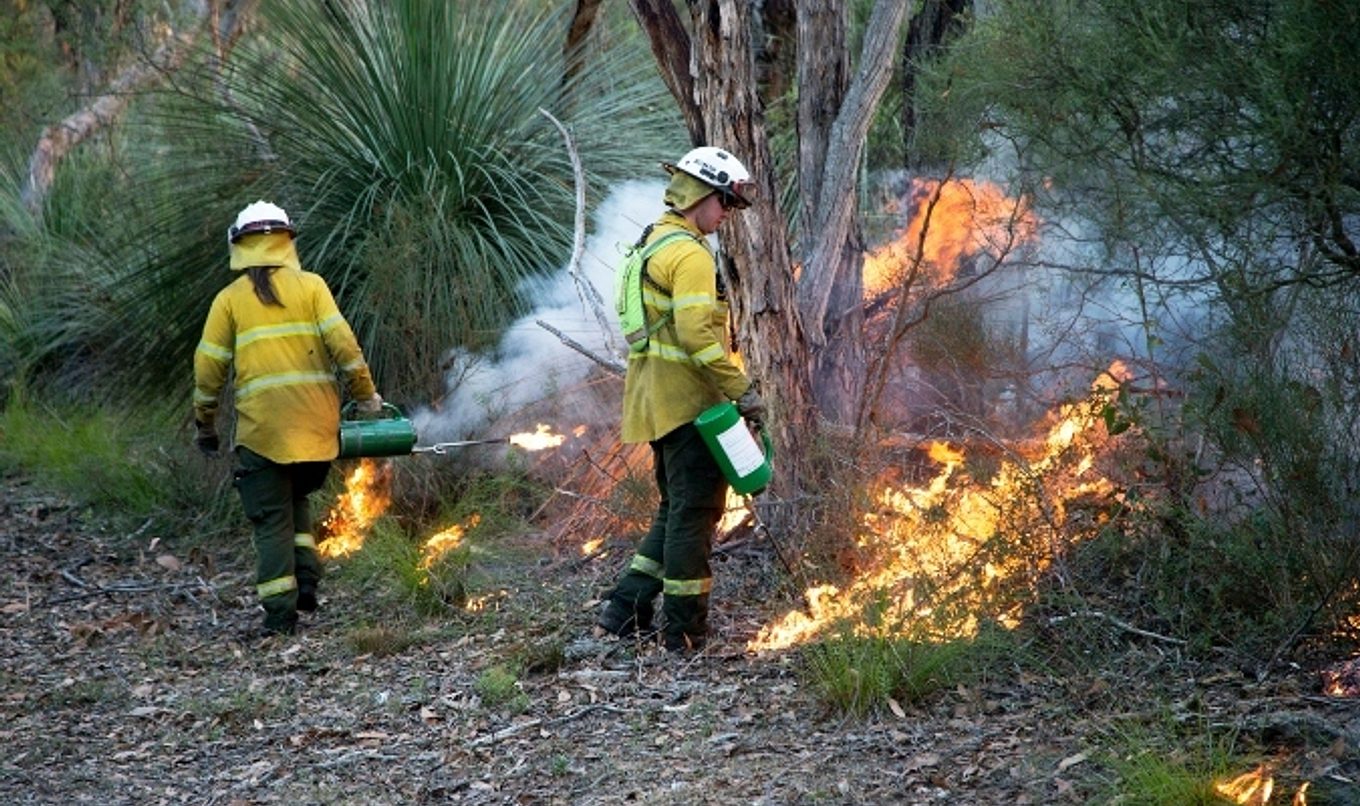Prescribed burns rolled over
The state government will roll over some prescribed burns into 2023 due to wetter than average conditions across South Australia during spring 2022 significantly hindering delivery of the program.

A total of 16 prescribed burns so far have been completed.
Every opportunity will be taken to complete as many burns as possible, while the weather and fuel conditions are suitable.
Prescribed burns also play an important role in regenerating habitats for native plants and animals but are not the only tool used to reduce bushfire risk.
They are designed to enhance and support other mitigation measures such as mechanical thinning, slashing and weed control, to get the best outcomes.
A prescribed burn requires suitable conditions on the day, including wind direction and weather, as well as moisture in the soil, vegetation and air, to ensure a burn will be safe and effective.
Climate drivers, including La Nina and a negative Indian Ocean Dipole, are contributing to above average rainfall, which creates unsuitable burning conditions.
There are 46 prescribed burns planned for spring. Those that are not completed will be moved into autumn next year, when 41 burns are planned, or into the following year, as part of an ongoing, rolling 3-year mitigation program.
Department for Environment and Water Fire Management Director Fiona Gill said prescribed burns were an important mitigation tool.
“The burns target fuel hazards, which is important as this can reduce the speed and intensity of bushfires, and makes them easier to control, provides a safer environment for firefighters and ultimately saves lives and property, Ms Gill said.
“If there’s a good weather window, then the program is flexible enough to complete more burns. But if conditions aren’t right on the day, a burn won’t go ahead and may be rolled over to the next season or year.”
The department is also undertaking numerous fire preparedness activities, including track clearing, checking water points, ensuring fire appliances and plant and equipment are ready and staff are trained and organised.
Fire management is part of a long-term strategy of continuous planning, assessing, and monitoring, to minimise risks and maximise benefits for the best results of reducing bushfire risk to communities, and preserving and enhancing biodiversity.
In South Australia, prescribed burning is part of a shared responsibility with the CFS, government agencies that manage land (DEW, ForestrySA and SA Water), councils and private landholders.
For the most up-to-date information on prescribed burns follow @SAENVIRWATER on Twitter.
A list of planned prescribed burns is available on the DEW website. You can also subscribe for updates straight to your inbox.

